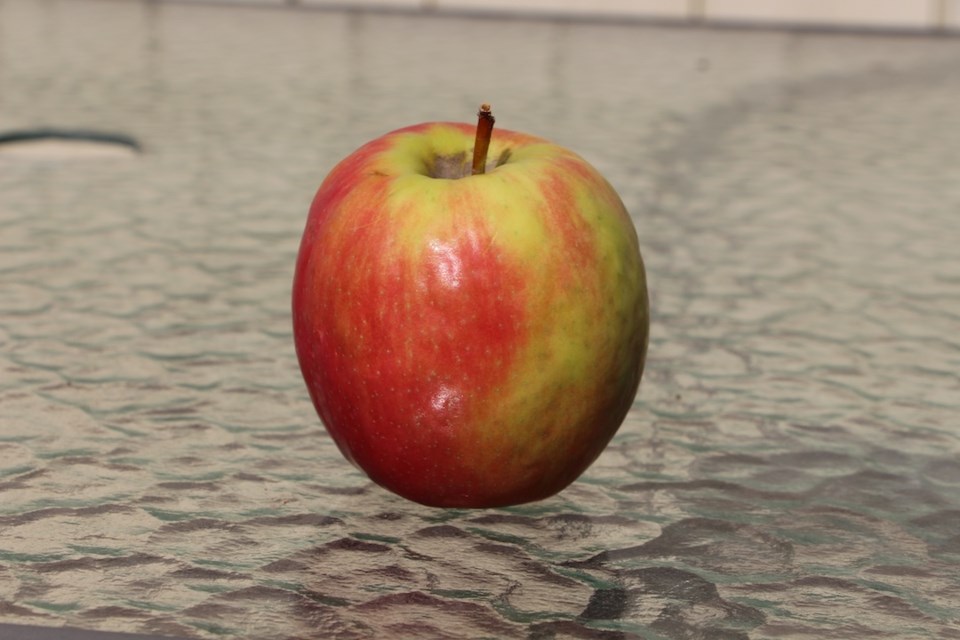Continuing last week鈥檚 thoughts on the changing way we approach our food, the vision of what is best for us is changing, too.
Canada has a revised food guide that is less about what exactly should be consumed and appears more about an overall approach to eating healthy.
To accomplish that broader goal, the guide promotes providing better nutrition information.
In many ways, the vision is one of common sense with salt, sugar, and saturated fats on the list of things we should reduce in our diets. This is largely reaffirming the obvious, since there has been repeated suggestions we consume too much of the three, all of which, when taken in excess have been shown to be bad for our health.
You might point to the reality of more store-bought, processed foods, rather than relying on our gardens and chicken coops, is in part the problem with more salts and sugar in our diets, but the reason is less important than the effort to change things.
In that regard, we are likely to see more labelling to help make better nutritional choices.
Health Canada is proposing a requirement to declare high levels of salt, fat, and sugar on the front of packages with warning labels. This is a solid idea because consumers will be able to see it easily, although it doesn鈥檛 mean it will change purchasing a great deal, as health warning labels on cigarettes never seemed to have a huge influence.
At the same time there will be greater effort put into children eating better, creating good habits early.
That effort includes Parliament drafting a new law restricting food advertising to children.聽 Bill S-228 proposes to ban marketing food and beverages to children younger than 13.
The new law would largely mimic the Quebec Consumer Protection Act, which has long banned advertising of all goods and services targeted at children younger than 13.
The United Kingdom, Norway, and Sweden have similar legislation.
Canadian children watch a lot of television on a daily basis and advertising does influence the wants and desires of us all, so restricting what young people see may well have a positive impact.
It might be argued parents ultimately make the decision about what food is put in school lunches and on the dinner table at home; however, what children lobby for is often what they get.
If the backyard garden was filling the family freezer the options would be automatically different, too.
But it鈥檚 unlikely we鈥檒l return to most people raising much of their own food, so we must better learn what to buy to be healthy.
Calvin Daniels is Editor with Yorkton This Week.




